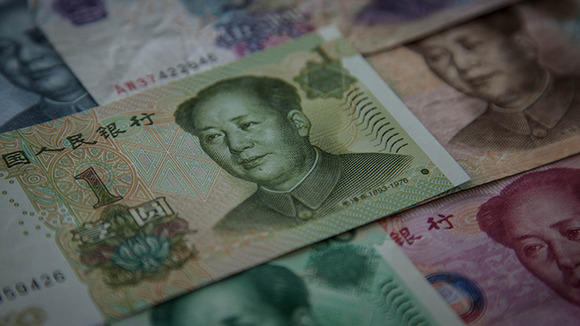
 World political leaders still have an axe to grind with business. Corporations are still sitting on a vast cash-stash, and don’t seem to me in a hurry to invest. The same is true of cross-border investments. From a low level in 2012, they are eking out very modest growth thus far in 2013. Will business hesitation hold back the world economy indefinitely, or is there hope that things will turn around?
World political leaders still have an axe to grind with business. Corporations are still sitting on a vast cash-stash, and don’t seem to me in a hurry to invest. The same is true of cross-border investments. From a low level in 2012, they are eking out very modest growth thus far in 2013. Will business hesitation hold back the world economy indefinitely, or is there hope that things will turn around?
Global foreign direct investment (FDI) plunged by a stunning 33 per cent in 2009 as the world tumbled into the Great Recession. However, by 2011 solid growth lifted FDI up to a level just 9 per cent below the 2008 level. Something spooked investors in 2012, though, shoving FDI back down by 18 per cent. In the first half of 2013, FDI is up, but by a slim 3.8 per cent. Seems like we have waited a long time for a resurgence, only to get a relapse. Is it temporary, or are we in trouble?
So far this year, weakness is widespread. Collectively, emerging markets are growing 8.8 per cent, but take away the impressive gains in Russia and Mexico, and total FDI is actually contracting by 5.5 per cent across a broad swath of markets. Together, developed-market FDI is down 12 per cent in the first half of the year, with few gainers. Five years beyond the crisis-point, the figures aren’t comforting.
Is there a good explanation for current performance? Discouragement could be a factor – after all, five years is a long time to wait for true recovery. Yet business confidence numbers argue against gloom. Could it be the nascent slowdown in emerging markets? Perhaps, but that doesn’t explain either the isolated aggressive gains or the developed-market losses. Is it the multiple, potentially havoc-wreaking global risks that followed the recession? Maybe, but they have recently moderated.
Maybe it’s China’s fault. After all, its labour markets are tightening, dissuading companies scanning the globe for sources of abundant, inexpensive workers. But if so, we would see evidence of that investment going elsewhere, and to date, that’s not obvious in the numbers. Moreover, FDI to China actually posted a reasonable gain in the January-June period. Could it be access to credit? Possibly, but if companies really want to invest, they have the cash. So far, none of these typical factors that stymie investment makes a compelling case for sluggish FDI performance.
Truth be told, the hesitation in current FDI is likely more normal than not. Businesses typically invest when they are convinced that they have to in order to process the inflow of orders. When they have spare capacity – as they did in spades following the recession – they hold back until they’ve used it up. They thought that was the case in 2010 and 2011, when massive stimulus created the illusion of a recovery – but that faded fast, leading to today’s tepid FDI activity. They will invest again – but only when an upsurge of activity compels them to. Until then, we’ll have to be content with what we get.
Fortunately, Canada is one of the few that is bucking the global trend. Thus far in 2013, FDI inflows are up 44 per cent, and the recent $36 billion Petronas announcement, together with interest from other sources, bodes well for future growth. Canada’s rich resources, solid economic structure and economic prospects will likely remain an effective magnet for future foreign investment.
The bottom line? UNCTAD’s mid-year checkup of foreign investment flows is uninspiring – but thankfully, those flows aren’t an economic bellwether. As global activity picks up, so too will investment flows. Widespread aging of the population suggests that FDI will play an even greater role in the next economic cycle, as international sourcing of labour is added to the list of reasons to do it.












